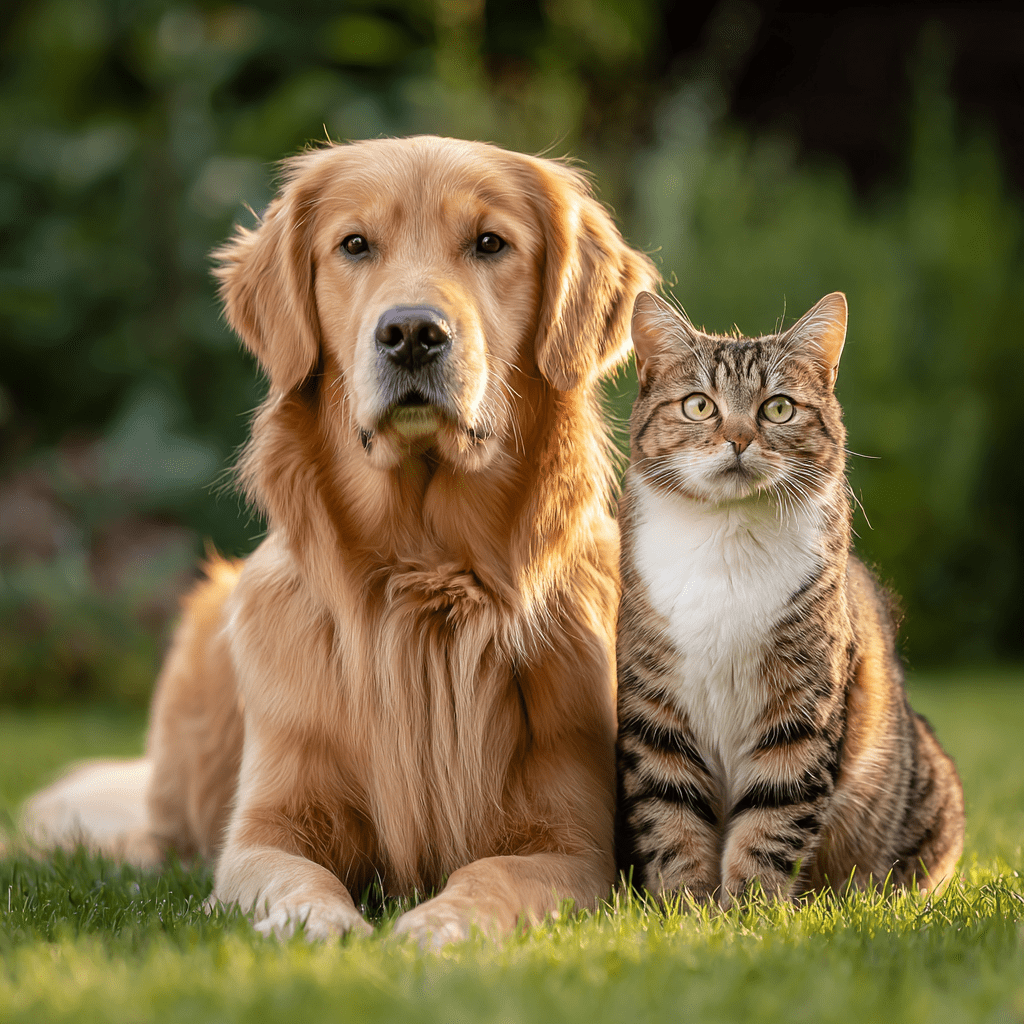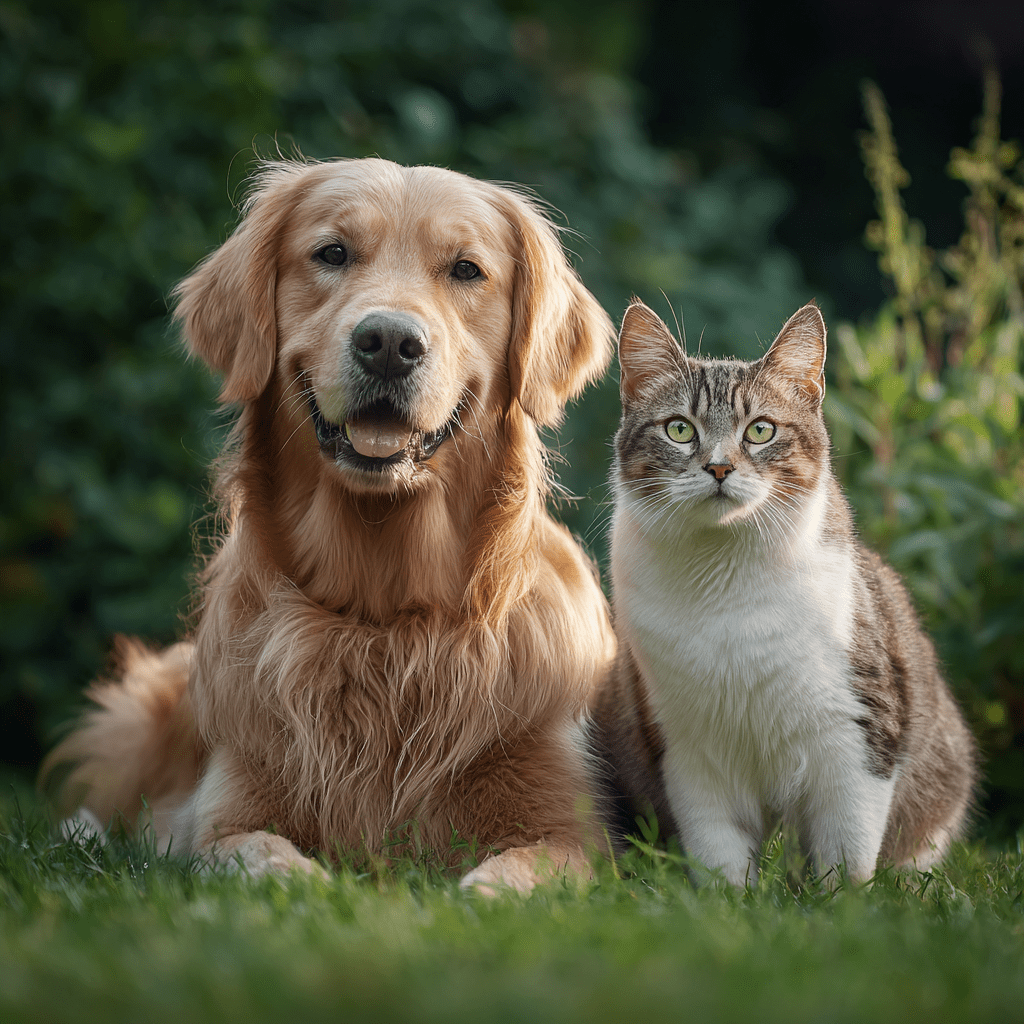Introduction
A healthy weight isn’t just about looks — it’s about your pet’s quality of life and longevity. Pets that are overweight or underweight face higher risks of joint problems, heart disease, diabetes, and decreased energy levels. According to the Association for Pet Obesity Prevention, more than 50% of dogs and cats in the U.S. are overweight. The good news? With the right approach, you can help your furry friend stay in great shape for years to come.
This guide will walk you through everything you need to know — from understanding your pet’s ideal weight to nutrition, exercise, and lifestyle adjustments.
1. Why Your Pet’s Weight Matters
Maintaining an ideal weight affects every aspect of your pet’s health:
- Joint Health – Extra pounds strain the joints, leading to arthritis.
- Heart Health – Obesity increases the risk of heart disease.
- Energy & Mood – Healthy pets are more active and happier.
- Life Expectancy – Studies show that pets at a healthy weight live up to 2 years longer.
Fact: Even being 10–20% overweight can significantly increase health risks for pets.
2. How to Tell if Your Pet Is at a Healthy Weight
You don’t need a scale to start evaluating your pet’s body condition. Use these checks:
- Rib Test – You should be able to feel ribs easily without pressing hard.
- Waistline – Viewed from above, there should be a visible waist.
- Tummy Tuck – The abdomen should slope upward behind the ribcage.
Pro Tip: Ask your vet to determine your pet’s Body Condition Score (BCS) — a scale from 1 (emaciated) to 9 (obese). A healthy range is typically 4–5.
3. Causes of Weight Problems in Pets
Overfeeding
The most common cause. Many owners don’t realize how small a pet’s caloric needs are.
Lack of Exercise
Modern pets often live indoors and don’t get enough movement.
High-Calorie Treats
Even “healthy” treats can add hundreds of calories a day.
Medical Conditions
Hypothyroidism, Cushing’s disease, and other issues can affect weight.
Age
Older pets burn fewer calories and need dietary adjustments.
4. Setting a Healthy Weight Goal
The first step to weight management is identifying your pet’s target weight. Your vet can calculate this based on:
- Breed standards
- Age
- Current condition
- Activity level
Example: A medium-sized dog like a Labrador Retriever often thrives between 55–70 lbs depending on build and gender.
5. Nutrition: The Cornerstone of Healthy Weight

Choose the Right Food
- High-protein, moderate-fat diets help maintain lean muscle mass.
- Avoid fillers like corn and soy as main ingredients.
Portion Control
- Use a measuring cup for accuracy.
- Follow your vet’s calorie recommendations, not just the food bag label.
Scheduled Feeding
- Feed at set times instead of free-feeding to control intake.
Healthy Treats
- Replace high-calorie snacks with carrots, blueberries, or freeze-dried meats.
6. Exercise: Keeping Pets Active and Engaged
For Dogs
- Daily Walks – At least 30 minutes of brisk walking.
- Fetch or Tug-of-War – Great cardio and bonding time.
- Agility Training – Mental and physical workout.
For Cats
- Interactive Toys – Feather wands, laser pointers.
- Cat Towers & Shelves – Encourage climbing and movement.
- Short Play Sessions – 10–15 minutes, 2–3 times a day.
7. Monitoring Progress
Track weight every 2–4 weeks and adjust food/exercise as needed. Keep a simple log:
| Date | Weight | Notes on Diet & Activity |
|---|---|---|
| Jan 5 | 15 lbs | Started 2 walks/day |
| Jan 26 | 14.5 lbs | Reduced treats |
8. Common Mistakes to Avoid
- Guessing Portions – Leads to overfeeding.
- Too Many Treats – Can make up 20–30% of daily calories.
- Crash Dieting – Dangerous for pets, especially cats. Weight loss should be gradual.
- Ignoring Senior Needs – Older pets may need special diets.
9. When to Seek Veterinary Help
Call your vet if:
- Your pet gains weight despite diet control.
- You notice sudden weight loss.
- There are changes in appetite or activity levels.
10. Maintaining the Ideal Weight
Once your pet reaches the goal:
- Continue measured feeding.
- Keep exercise part of the daily routine.
- Monitor weight quarterly.
Remember: weight management is a lifelong commitment, not a temporary fix.
Conclusion
Keeping your pet at a healthy weight is one of the most powerful ways to improve their quality of life and lifespan. By combining the right diet, consistent exercise, and regular monitoring, you’re setting your furry friend up for years of vitality, happiness, and love.
